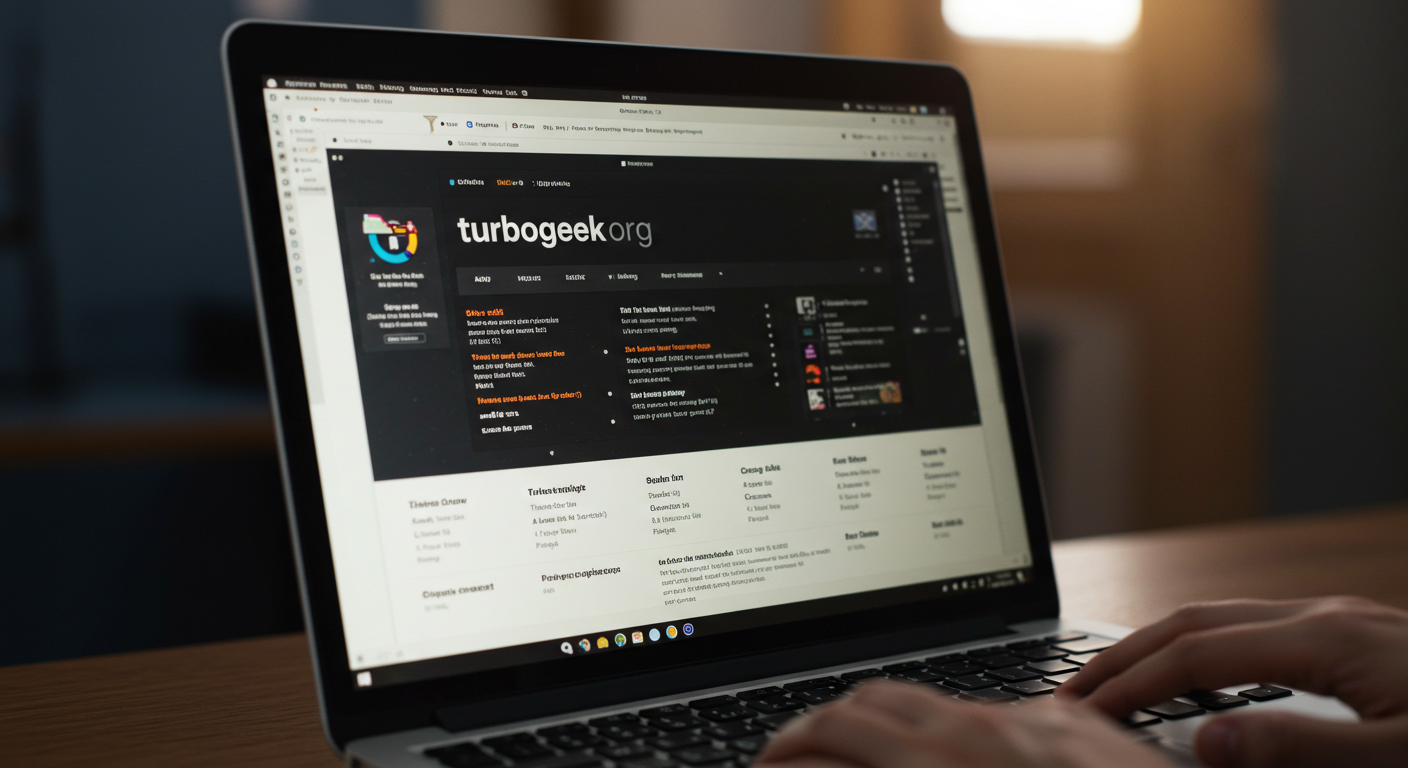How Digital Public Relations is different from traditional Public Relations:
There are some slight differences between digital and traditional public relations. These differences are:
- Traditional PR is one-way, limiting the ‘shareability’ of content.
- Digital PR offers more interaction and feedback, such as website blogs and social media posts.
- Additional functionality like ‘like’ and ‘ share’ allows audience growth and reach new prospects.
- Traditional PR is straightforward, with hardcore sales pitches driving content, but lacks virality compared to digital PR.
- Traditional PR involves networking with journalists to get featured in print publications, while digital PR focuses on higher readership and viewership in online content.
How does Digital Public Relations Complement traditional public relations?
Online public relations enhance traditional public relations in the following ways.
Greater Accessibility and Reach
Conventional public relations sometimes depends on print media, television, radio, and in-person events—geographically and temporally constrained. Conversely, online PR has 24/7 access and reaches all around. Companies can reach a larger audience that might not be easily reachable by conventional means by using social media, blogs, and internet news sources.
Economical Approaches
Traditional PR can be expensive—covering costs like print media, television advertisements, and event planning. Online PR, however, provides more affordable alternatives with a better return on investment (ROI). Producing and sharing content online is generally less costly, which can benefit small businesses that might struggle to compete with larger companies through conventional PR methods.
Rapid Exchange of Ideas
One of the main benefits of Internet PR is real-time communication. Traditional PR campaigns often involve lengthy processes, such as waiting for a news release to be distributed. Online PR enables businesses to share information quickly through email newsletters, live streams, and social media updates. This immediacy is crucial in crises or when a quick response is needed.
Improved Involvement and Communication
Traditional PR campaigns often involve one-way communication methods like press releases and speeches. In contrast, online PR encourages two-way communication, allowing businesses to interact directly with their audience. Social media channels facilitate real-time comments, customer interactions, and interactive materials like polls and Q&A sessions. This engagement fosters closer bonds and loyalty among stakeholders.
Analytics and Data
Online PR offers strong instruments to evaluate the success of communication plans. Social media platform analytics, website traffic, and online interaction provide insights into what performs and what does not. This data-driven method makes PR tactics constantly optimized possible. Traditional PR lacks the same degree of instantaneous, quantifiable feedback; hence web analytics is a great addition.
Web Visibility and SEO
One unique advantage of Internet PR is search engine optimization (SEO). By optimizing press releases, blog posts, and other content for search engines, companies can increase their online presence. This improved visibility makes it easier for potential customers to find the business, enhancing the overall success of PR initiatives. Traditional PR does not offer this capability.
Complementary Distribution of Content
Conventional public relations sometimes emphasize prominent positions in broadcast media, newspapers, or periodicals. By distributing material across digital channels, online PR may magnify these efforts. Press releases sent out in a big newspaper can be included in email newsletters, blogged about, and shared on social media. This cross-channel spread guarantees that the message keeps momentum and reaches a larger audience.
Establishing Extended Connections
Online PR stretches this network to influencers, bloggers, and digital communities while traditional PR concentrates on developing relationships with journalists and media outlets. Over time, these ties can be developed to provide more means of showcasing material and interacting with other audiences.
Crisis Management
Especially helpful during a crisis are the speed and reach of online PR. Through their websites and social media channels, businesses can quickly handle problems by offering updates and answers meant to minimize harm. Through reputable media channels, traditional PR still helps to control long-term reputation; nevertheless, real-time crisis management depends on the rapidness of online PR.
Conclusion
While traditional public relations and online public relations are not mutually exclusive, rather they are complementary techniques that, used together, may build a strong PR structure. Online PR offers affordable, data-driven tactics, real-time communication, expanded reach, and improved involvement. Combining these strategies will help businesses maximize their visibility, establish closer bonds with their stakeholders, and properly maintain their reputations in the physical and digital spheres.




